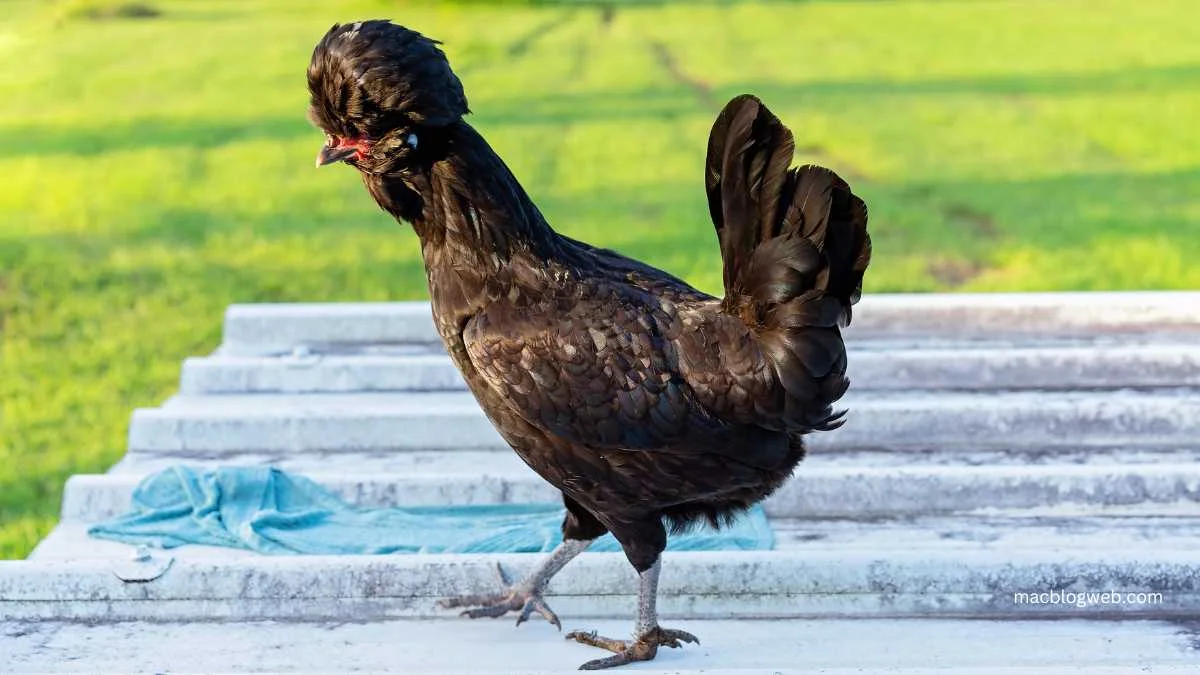The Polish chicken, a breed that instantly captures attention with its extravagant crest of feathers, stands as one of the most distinctive poultry breeds. Despite its name, the origins of the Polish chicken are shrouded in mystery and myth, intertwined with the historical tapestries of Europe. This article explores the fascinating journey of the Polish chicken, from its speculated medieval origins to its role in modern poultry farming and exhibition, shedding light on its characteristics, historical significance, and the challenges it faces today.
Historical Background
Origins and Etymology
The Polish chicken, known for its striking appearance due to a large crest that obscures its vision, has origins that are often debated. The most common misconception is that it originated from Poland. However, historical accounts suggest that the earliest records of the breed appeared in the Netherlands, which complicates its naming origin. One theory suggests that the name “Polish” was derived from the Middle Dutch word “pol,” meaning ‘head’, which references the breed’s prominent crest. Another theory posits that the breed was named after the country of Poland, possibly due to the breed’s trade routes or the resemblance of its crest to the traditional headwear in medieval Poland.
Development and Standardization
The breed was standardized in the Netherlands during the 16th century, marking it as a thoroughbred. Artwork from this era, especially from Dutch and Italian painters, frequently features birds resembling the Polish chicken, indicating its popularity and aesthetic appeal during the Renaissance period. By the 18th century, the chicken was renowned across Europe, not just for its unique appearance but also for its egg-laying capabilities, particularly in France where it was considered an excellent producer of eggs.
Characteristics of the Polish Chicken
Physical Description
The most distinctive feature of the Polish chicken is its large, voluminous crest of feathers that nearly covers the entirety of its head. This crest is not merely for show; it is a result of a protuberance in the skull that allows feathers to grow in a fountain-like arrangement. Besides the crest, chickens are also noted for their v-shaped combs, which are often hidden beneath their feathered crowns. They come in several color varieties, including white, black, and silver, and are recognized for their slender bodies and relatively small stature.
Behavioral Traits
Due to their obstructed vision from the crest, chickens are known to be skittish and easily startled. This trait makes them less ideal for farms where active interaction with humans and other animals is common. They are generally tame but can exhibit signs of panic when faced with sudden movements or threats. Consequently, they require protective and stable environments to thrive.
Polish Chickens in Poultry Farming and Exhibitions
Egg Production and Utility
Historically, Polish chickens were esteemed for their egg-laying abilities, particularly in France. However, in contemporary settings, they are considered fair layers at best. They typically produce a modest number of white eggs and are more often kept for ornamental purposes or as pet breeds rather than for their utility in egg production.
Exhibition and Show Birds
Polish chickens are perennial favorites in poultry shows because of their striking appearance and the variety of their feather colors. They are often exhibited in competitive poultry shows and are favored by chicken fanciers for breeding purposes to enhance aesthetic qualities such as feather luster and crest size.
Conservation and Challenges
Genetic Health Issues
The unique skull structure of Polish chickens that supports their crest also predisposes them to several genetic health issues, including susceptibility to skull injuries and complications related to their feathered crests, such as feather pecking and infestations. Careful management is required to maintain the health and well-being of these birds.
Popularity Decline and Preservation
Although once favored by American farmers and chicken enthusiasts during the 19th and early 20th centuries, the popularity of chickens has waned, replaced by more prolific egg layers and hardier breeds. Today, conservation efforts focus on maintaining the genetic diversity of the Polish chicken and promoting its historical and aesthetic significance.
Conclusion
The Polish chicken remains a symbol of ornamental beauty and historical intrigue in the poultry world. Its journey from the Renaissance courts of Europe to modern-day poultry exhibitions illustrates a rich history interwoven with cultural exchanges across continents. As enthusiasts and breeders continue to cherish and preserve this unique breed, the Polish chicken not only endures but also enchants, a feathered jewel among poultry breeds.








